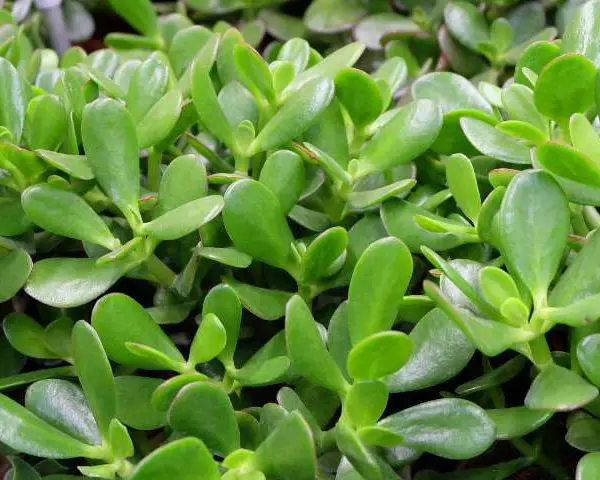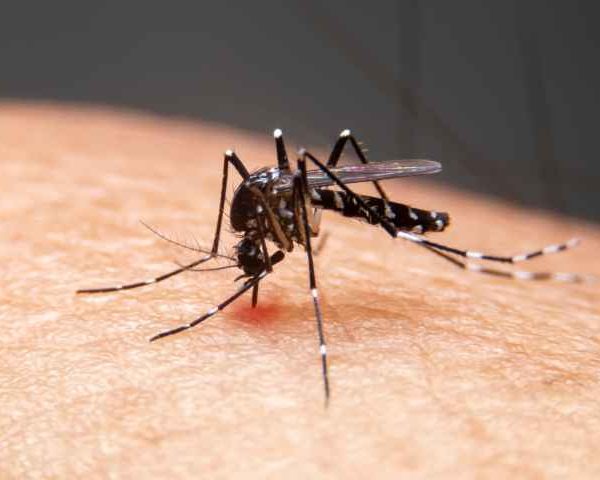Autumn is the critical time to cover strawberry beds to protect them from the harsh winter temperatures. Timing is key, as covering the plants too early can damage the seedlings. The best time to cover strawberries is when the ground has frozen about 5 cm, and the air temperature has consistently ranged between -5 to -8°C for a week, just before the first snow. If you cover them too early, the plants may begin to grow, bud, or even rot.
Best Ways to Cover Strawberry Beds
Here are some effective ways to cover your strawberries for the winter, each with its pros and cons:
1. Sawdust Mulching
Sawdust is an easy and cost-effective option for mulching the root area of strawberries. It’s particularly useful when there’s little snow but a lot of precipitation. Sawdust helps protect the plants from freezing and moisture loss. However, it’s important to note that coniferous sawdust can create an imbalanced environment, leading to nitrogen deficiencies and potentially causing rot.
Sawdust also absorbs moisture and melts slowly, which means it doesn’t offer much insulation. Additionally, it rots quickly and is difficult to remove from the beds, so it’s important not to leave it in place too long.
2. Lapnik (Christmas Tree Branches)
Using lapnik, or pine and spruce branches, is a great natural option for covering strawberry beds. The branches create an air cushion under the snow, offering excellent protection from freezing temperatures. They also help prevent rodents from damaging the plants. The needles provide a favorable environment for strawberries, and in spring, the soil warms up quickly, making it easier to clean up.
The downside is that you can’t cover large areas with lapnik, as it requires a significant amount of branches to cover the beds effectively.
3. Straw Mulching
Straw is another popular option for mulching strawberry beds. You should apply a 20 cm layer to cover the entire basal area of the plants. It’s inexpensive, but requires effort to properly cover the beds. One issue with straw is that it doesn’t retain snow well, so strawberries can still freeze during spring thaws.
Additionally, straw can lead to fungal diseases and rot if left too long, and rodents may use it to build nests. In warmer, drier regions (like the South), straw is commonly used, but it may not be as effective in colder climates.
4. Agricultural Fiber (Agrofiber)
Spunbond and Lutrasil are types of agrofiber that can be used to cover strawberries. These materials create an air cushion over the plants, protecting them from freezing while still allowing for proper air circulation. Unlike other materials, agrofiber doesn’t absorb moisture, which helps prevent rot.
In spring, you’ll need to ventilate the plants by opening the cover slightly. For better effectiveness, it’s recommended to use two layers of material (with a 30 g/m² density) instead of one thick layer. This allows for better ventilation and prevents chlorosis (yellowing of the leaves).
Agrofiber should be placed over the plants in a way that the leaves don’t touch the material. Using small tunnels supported by arcs has proven to be an effective method for earlier harvests.
Conclusion
Covering your strawberries in the autumn is crucial for protecting them from winter frost and ensuring a healthy spring growth. Choose the best covering method based on your local climate and conditions, whether that’s sawdust, lapnik, straw, or agrofiber. By using the right material at the right time, you can prevent freezing, improve soil health, and enjoy an early harvest of delicious strawberries!



